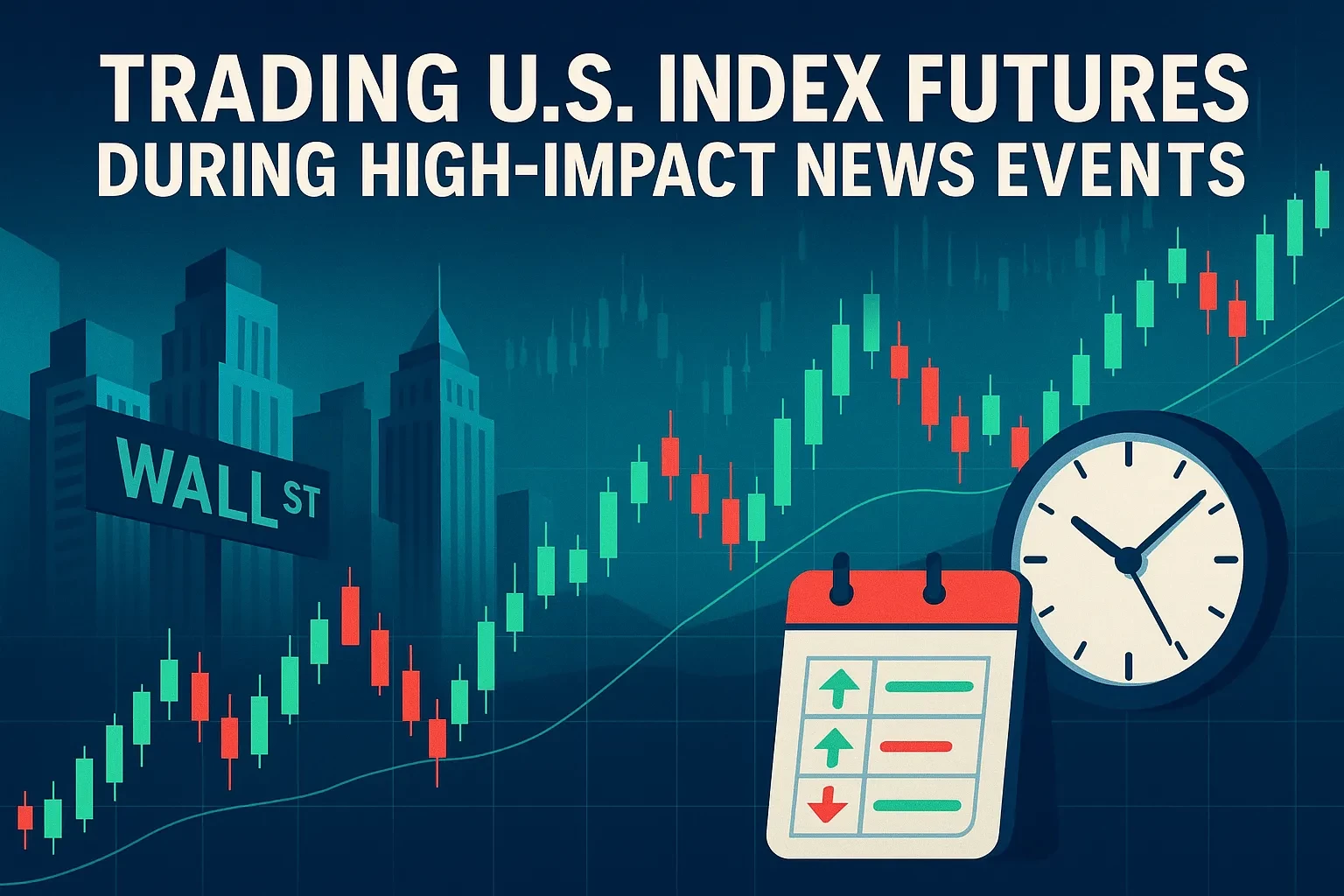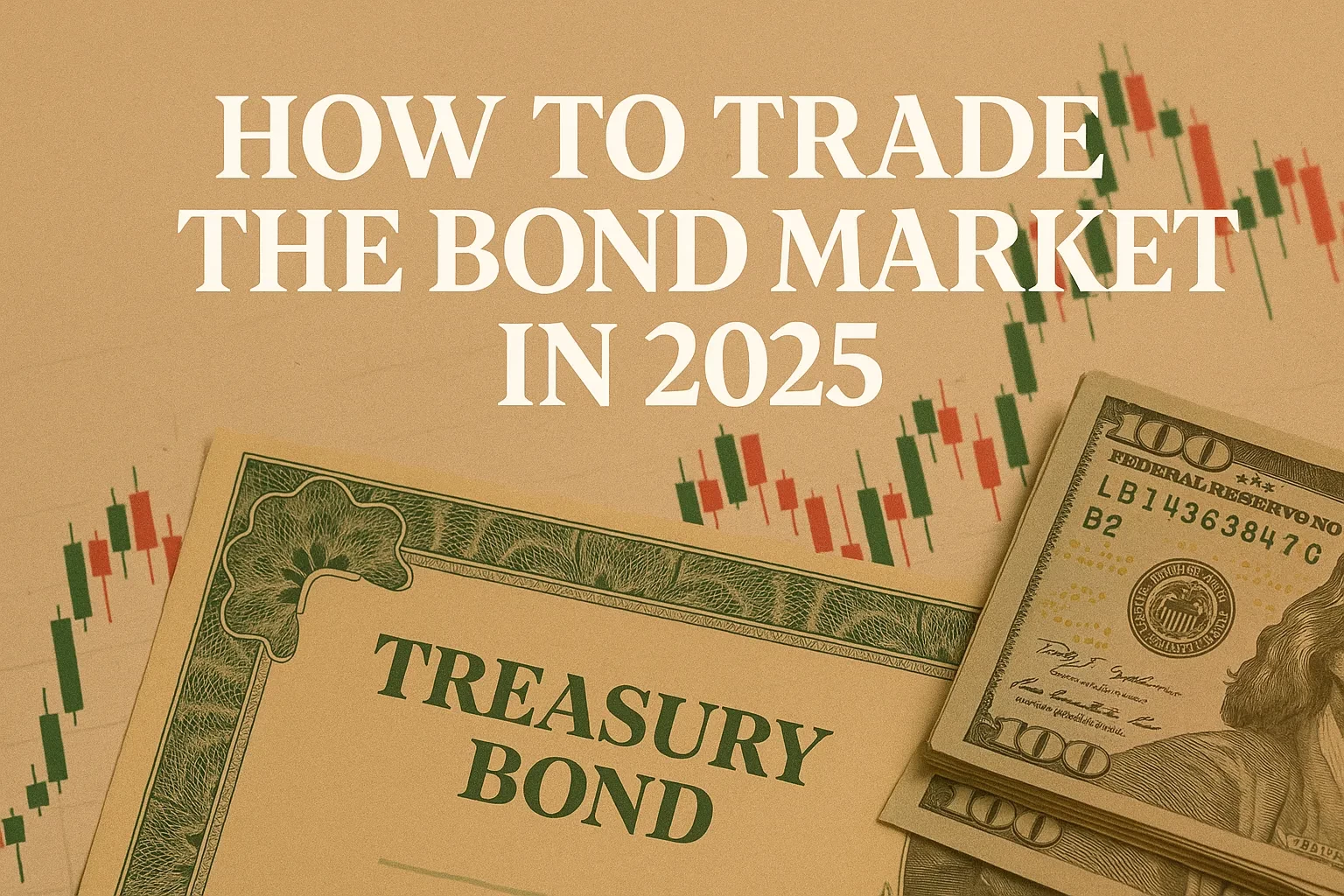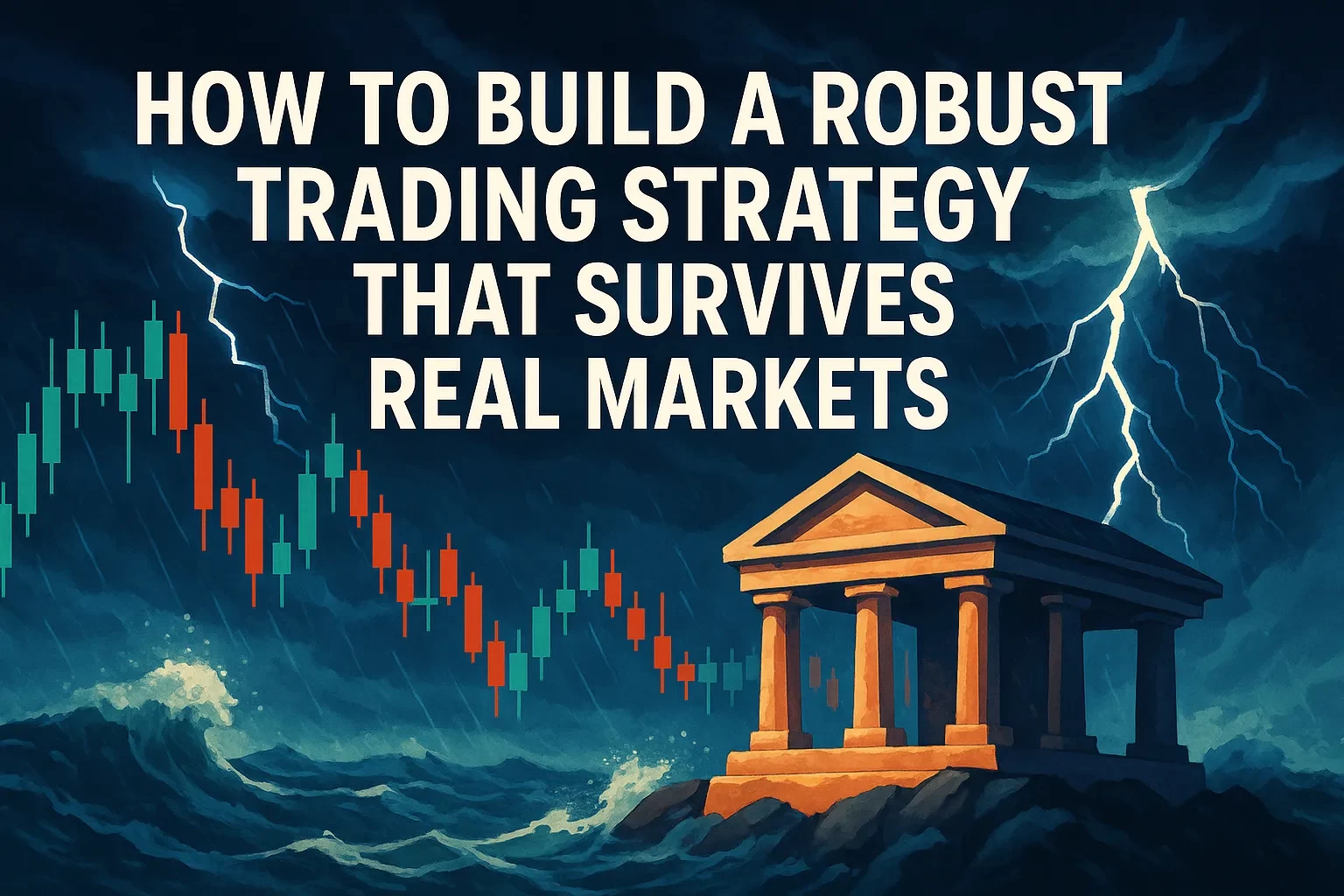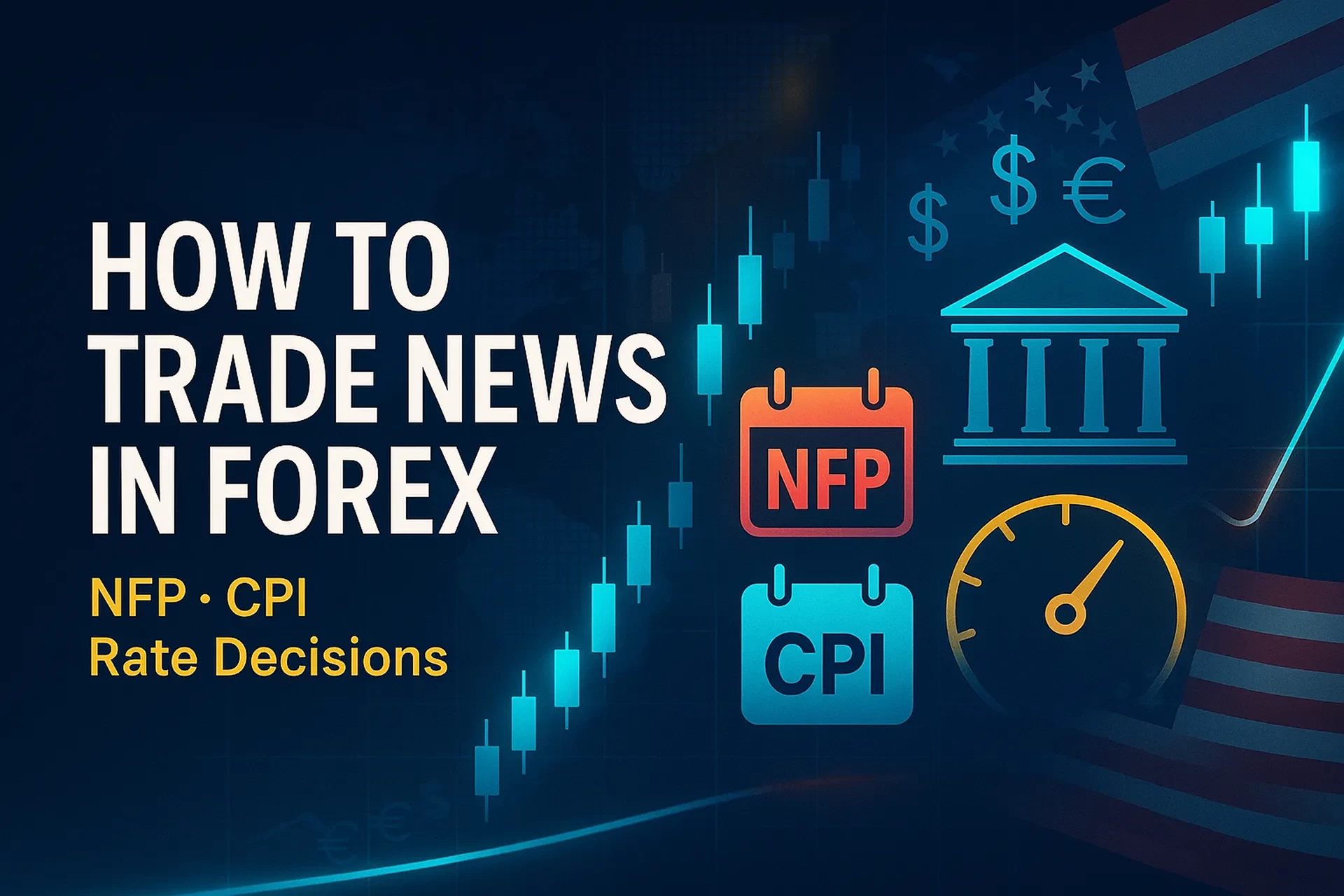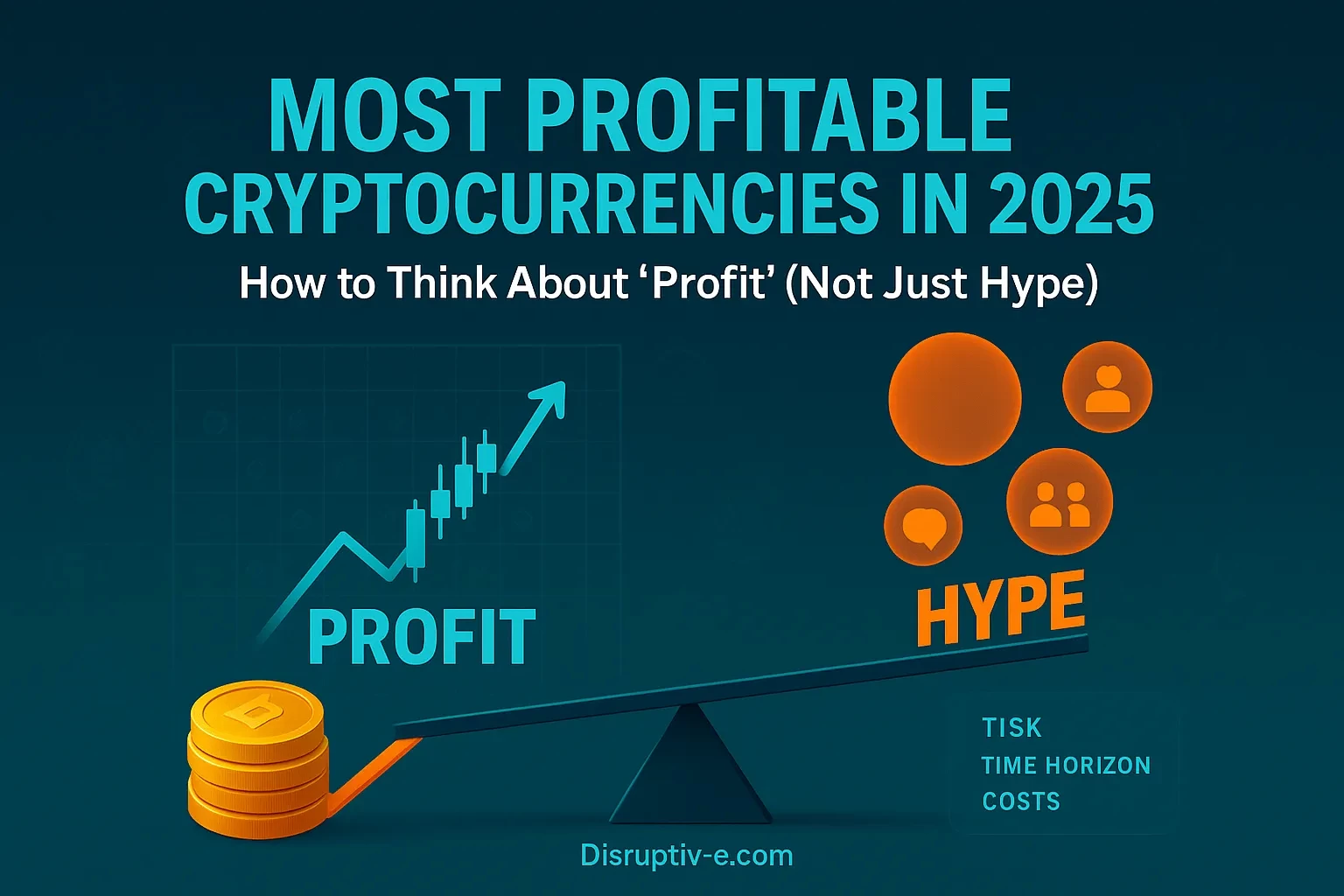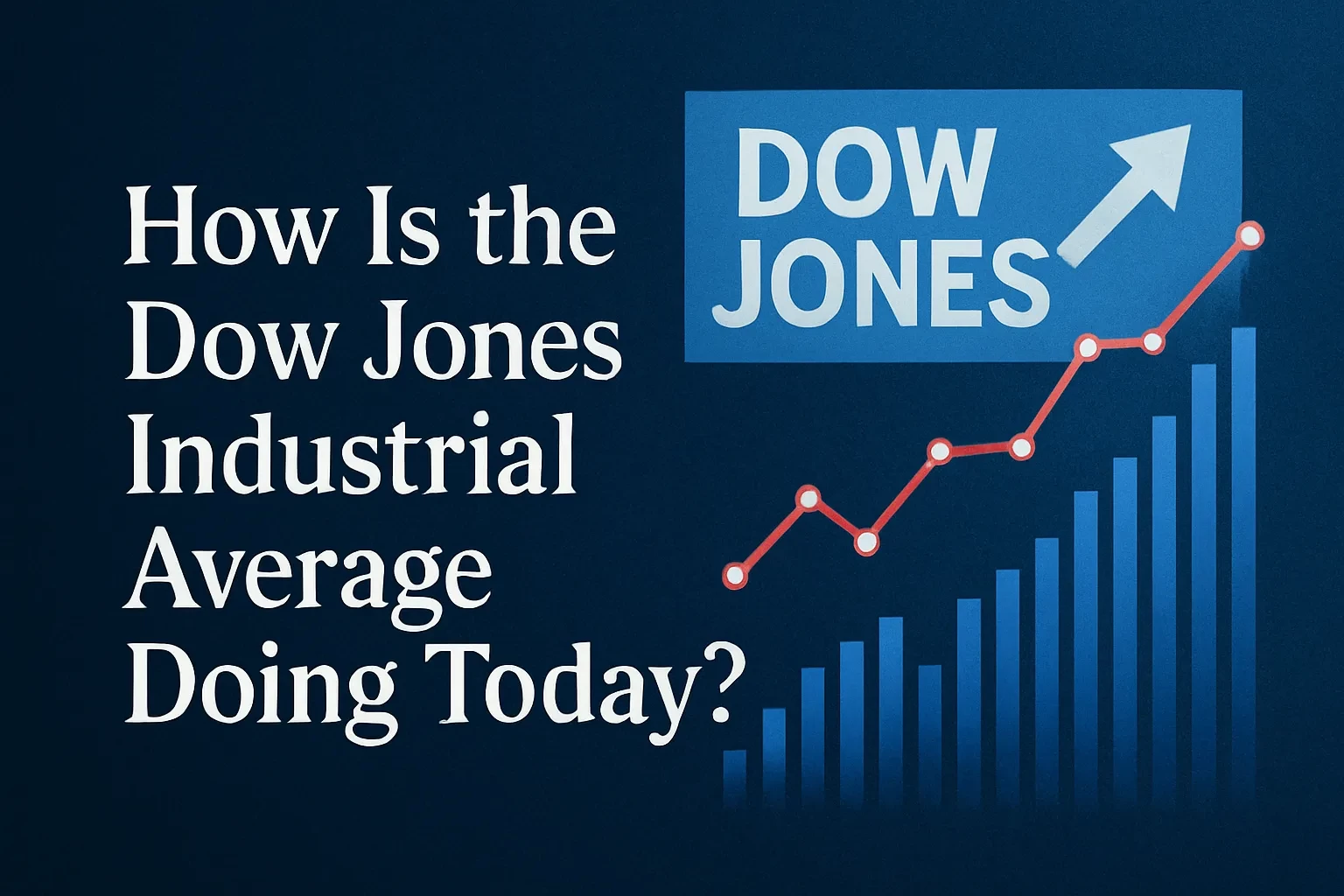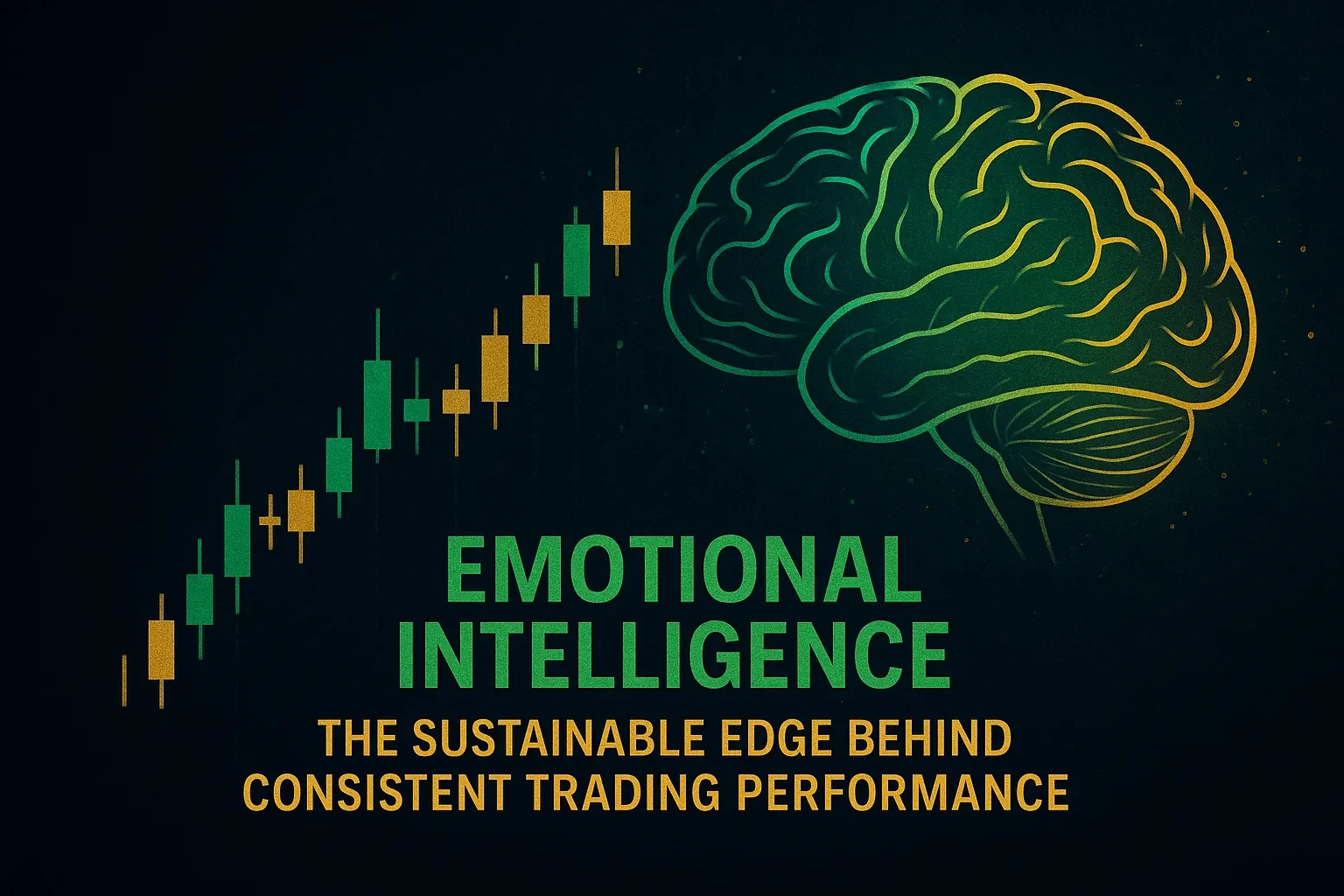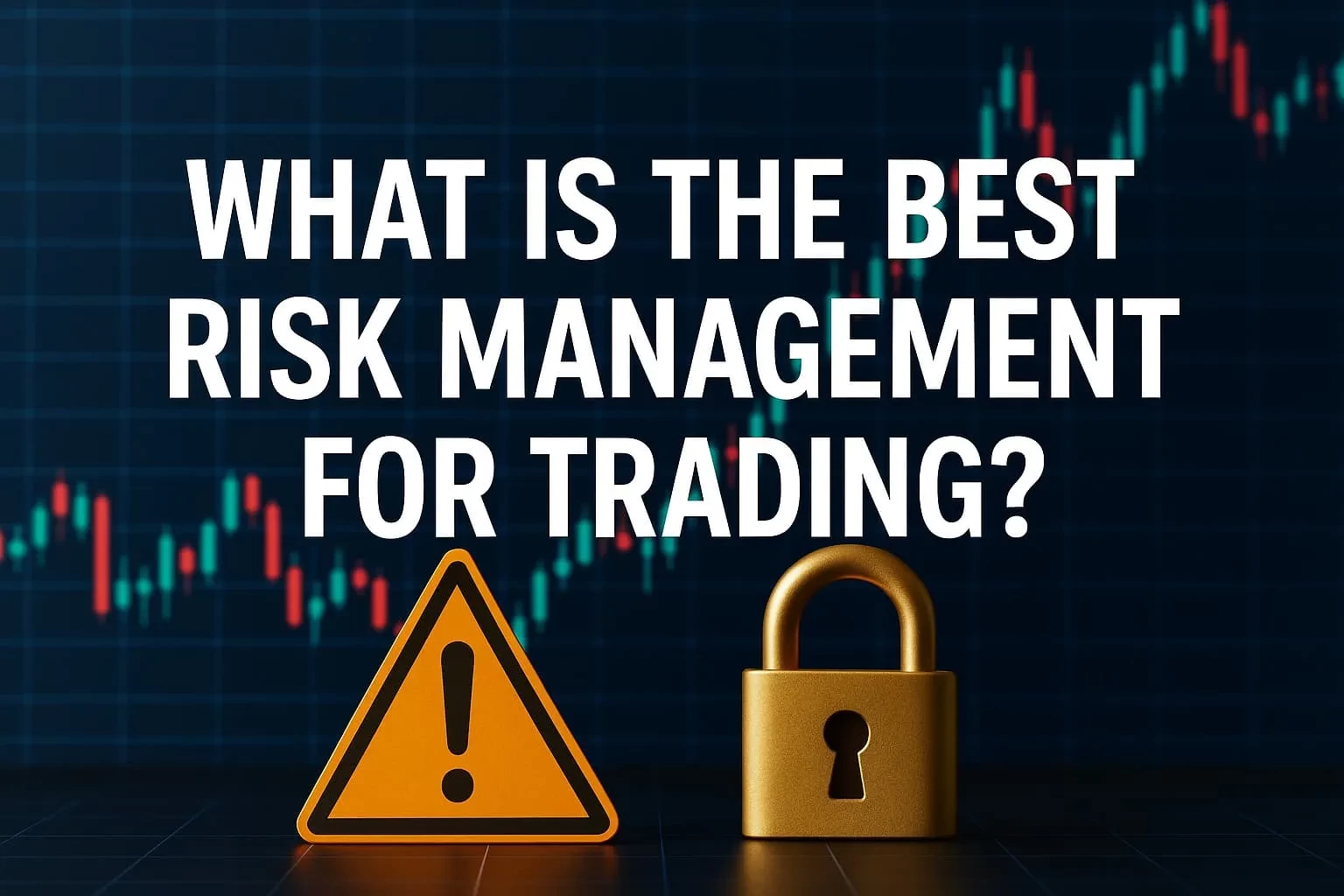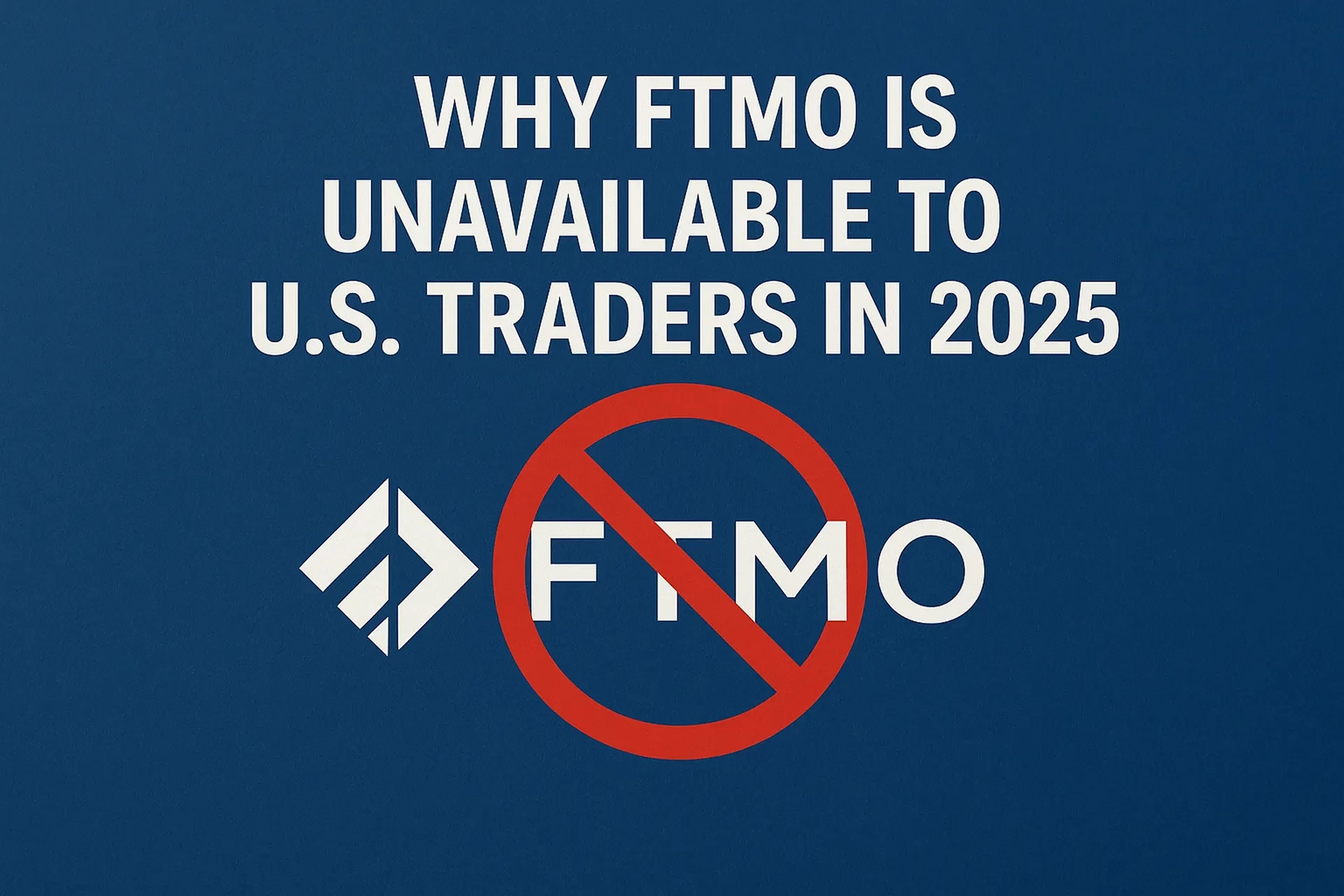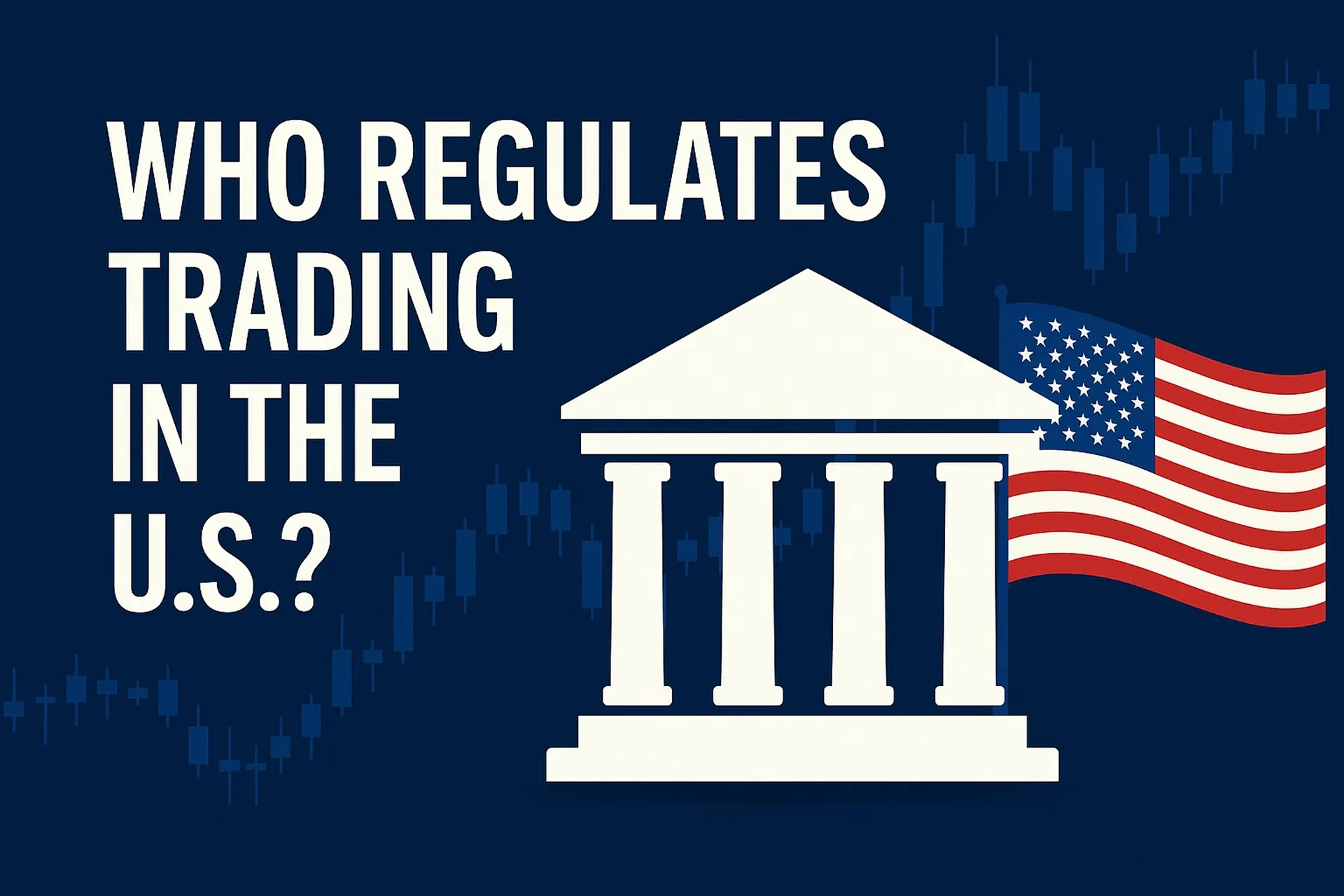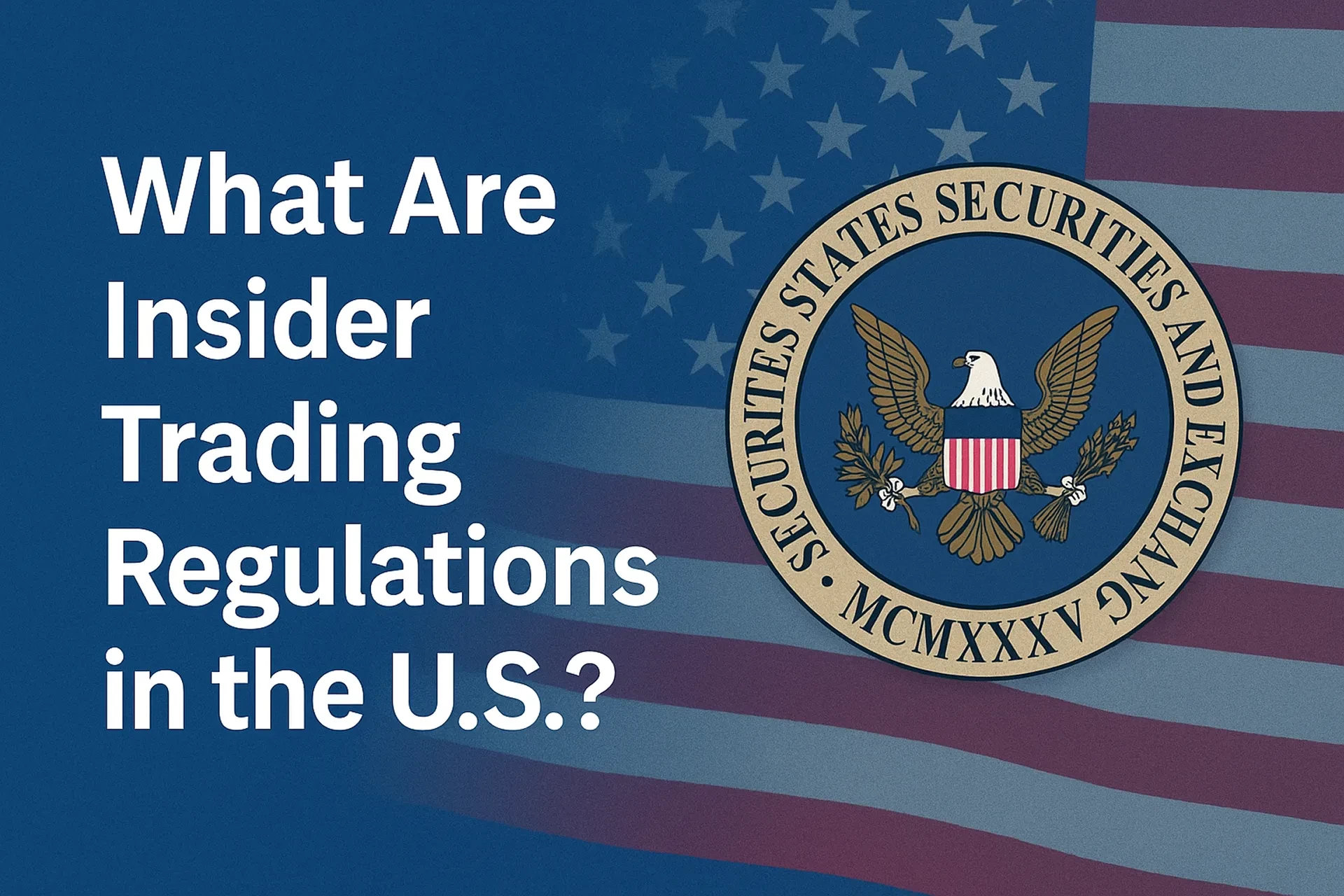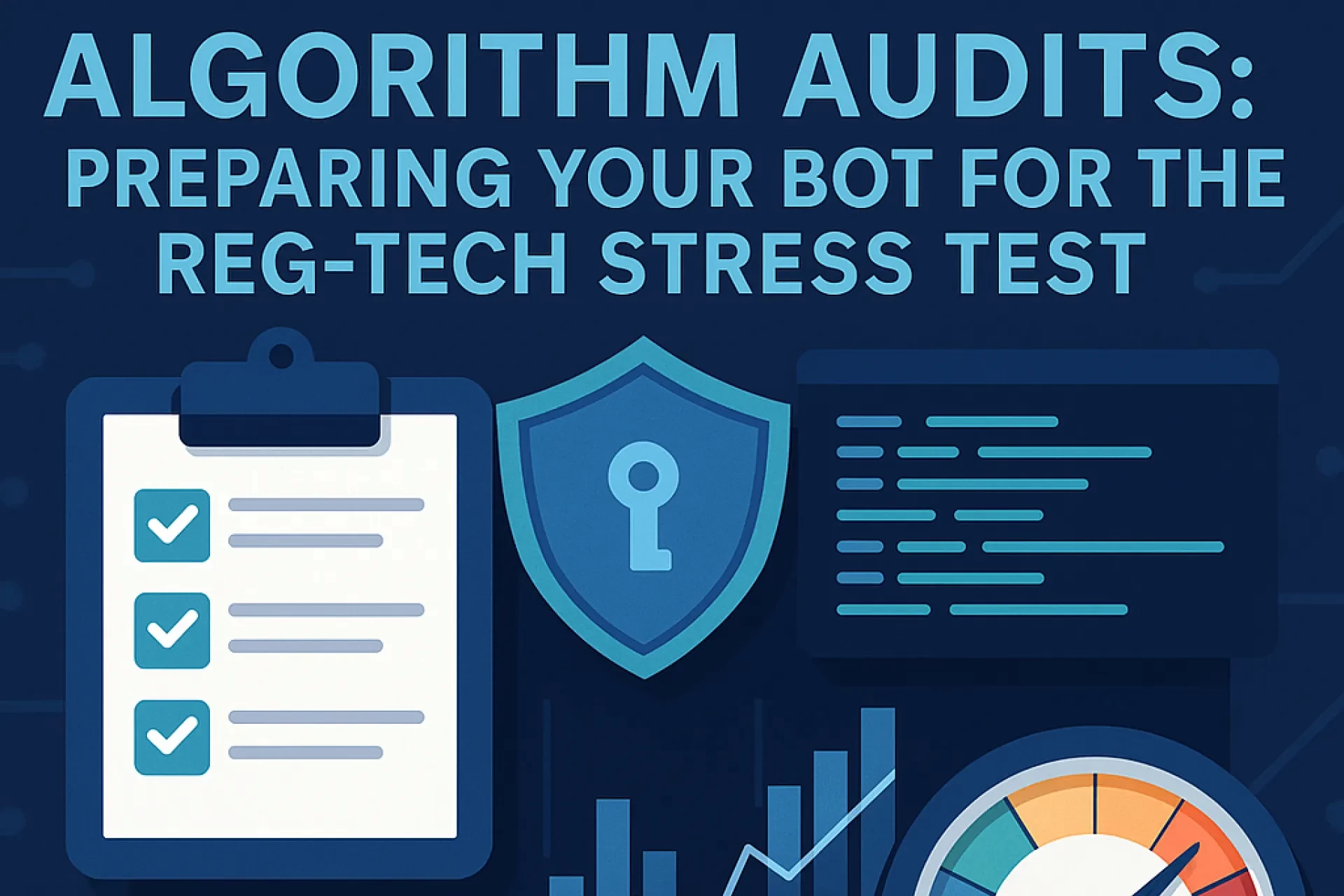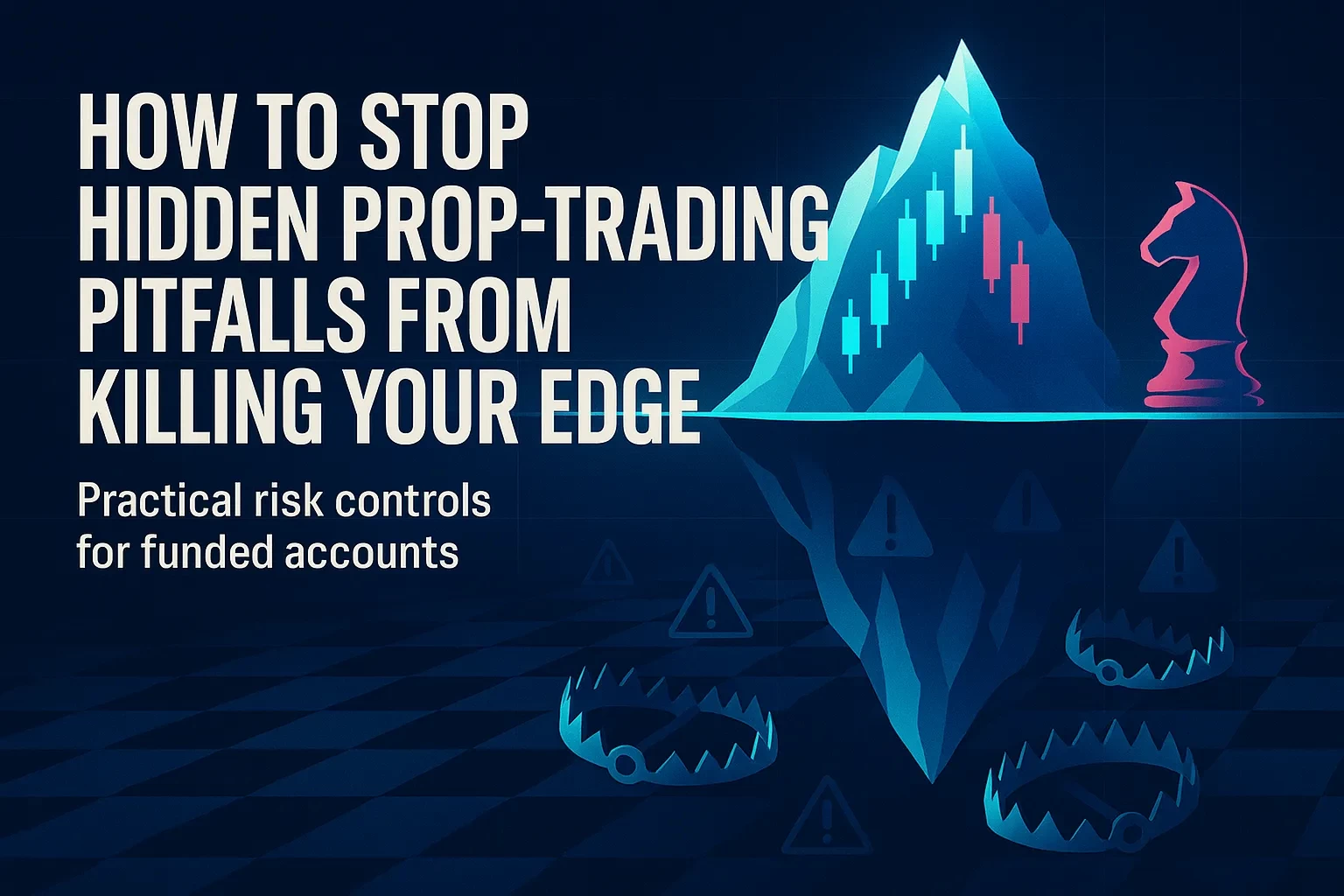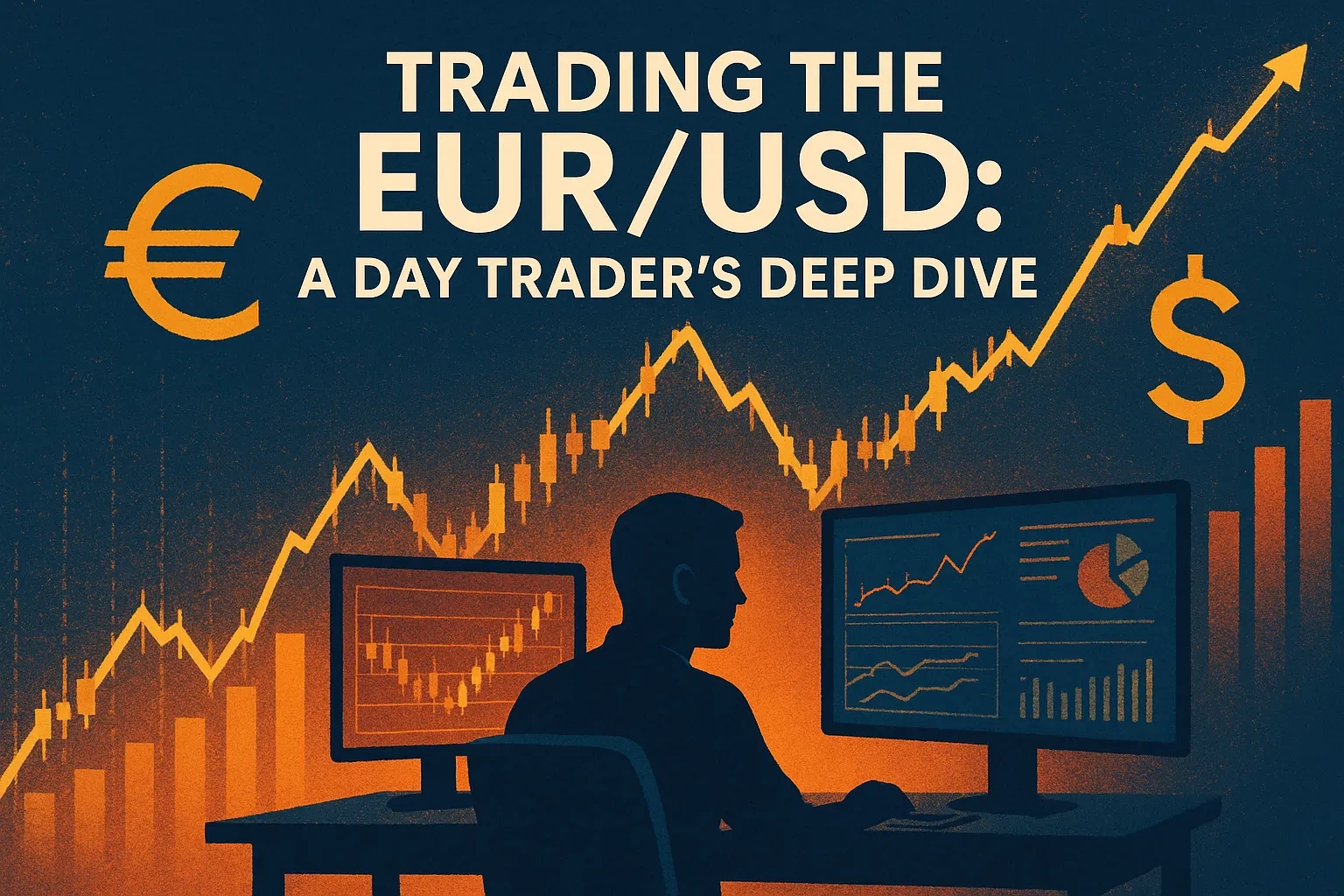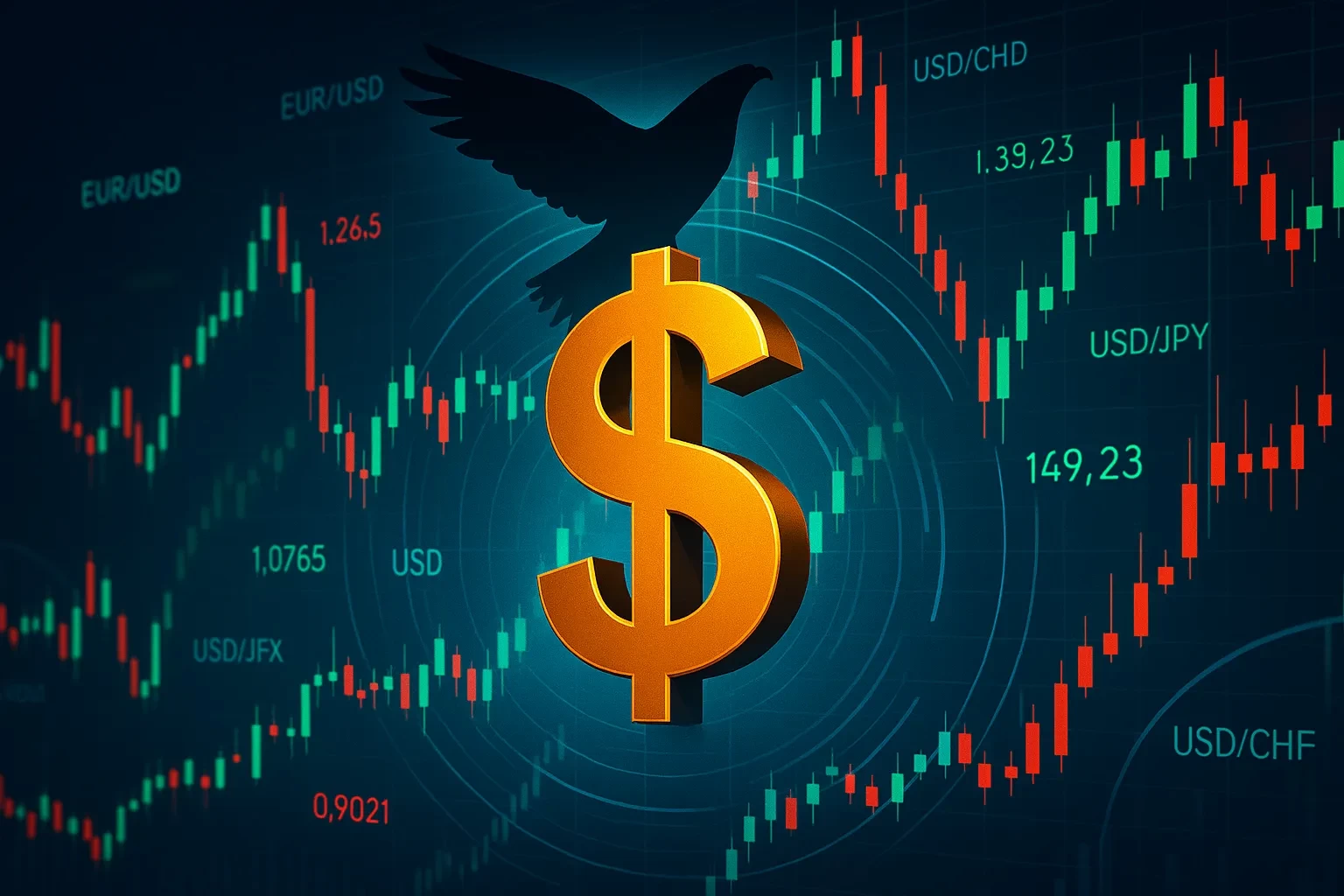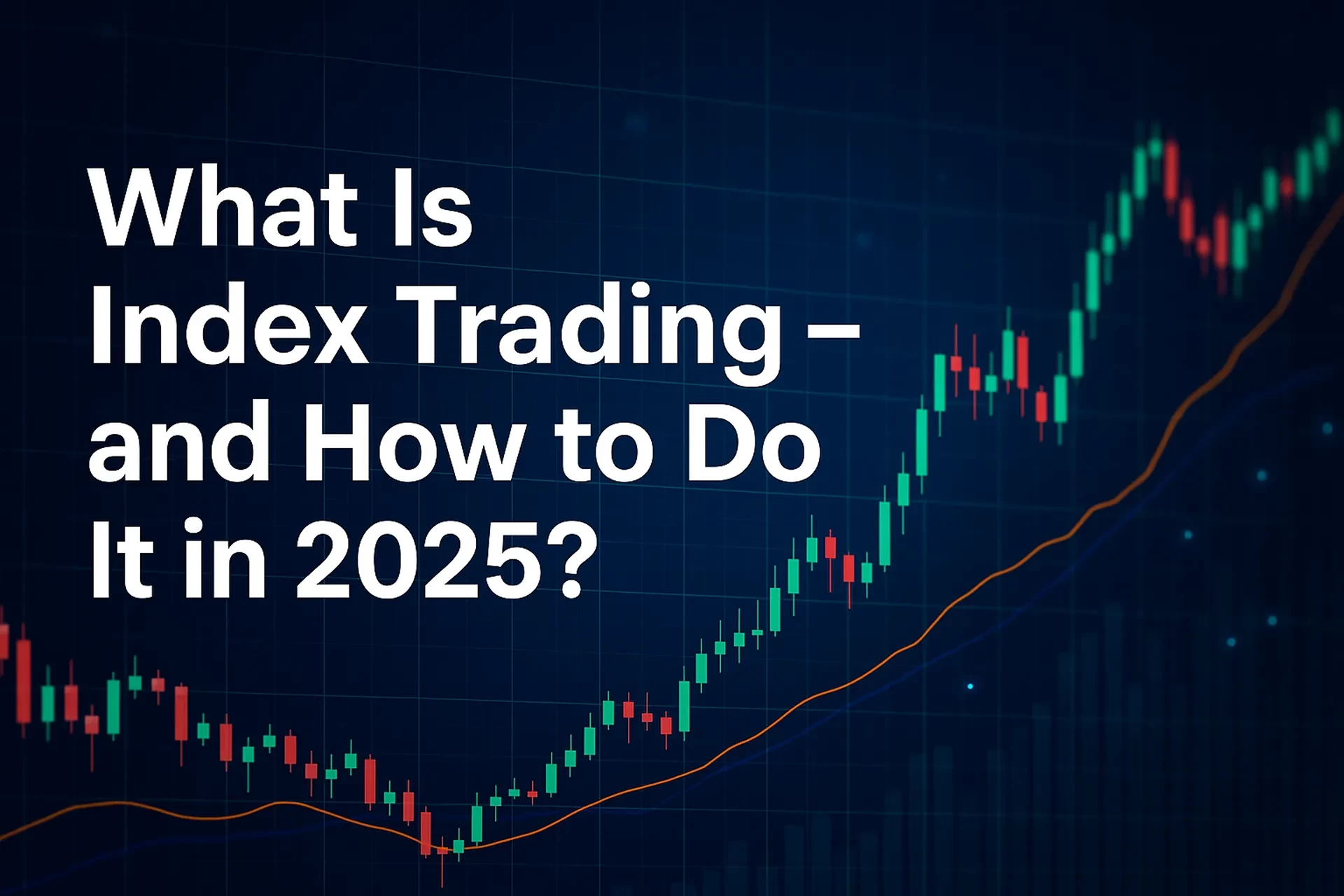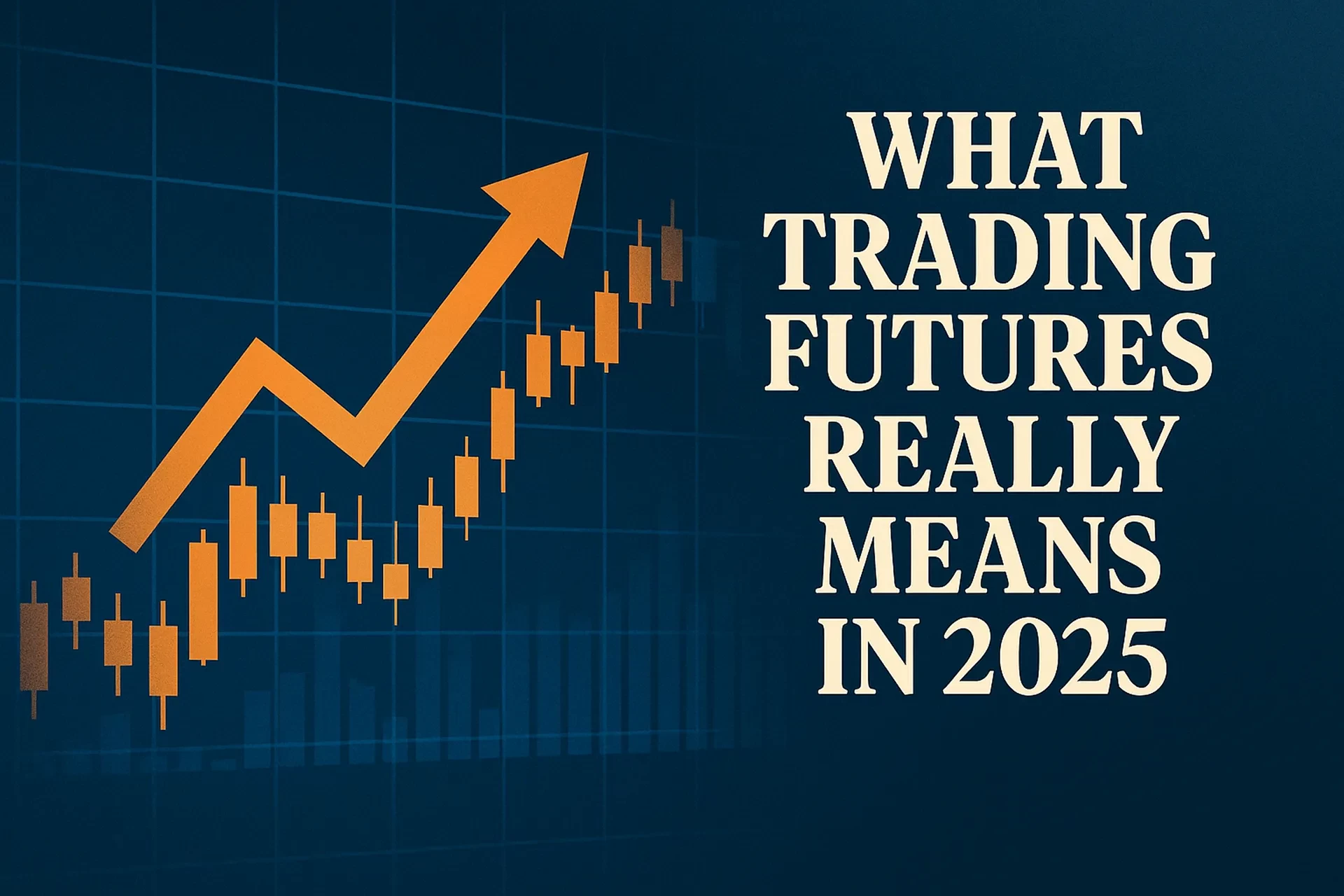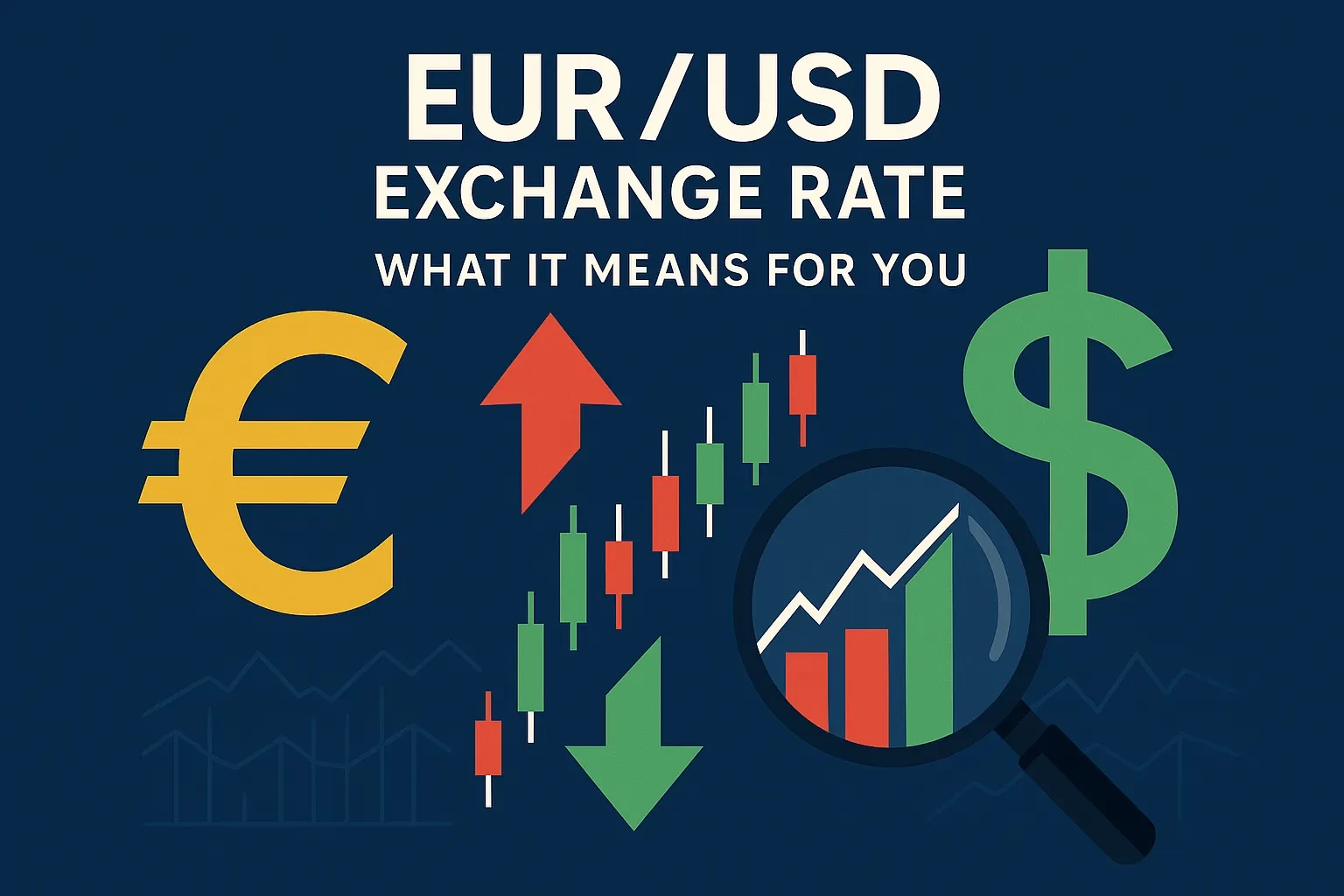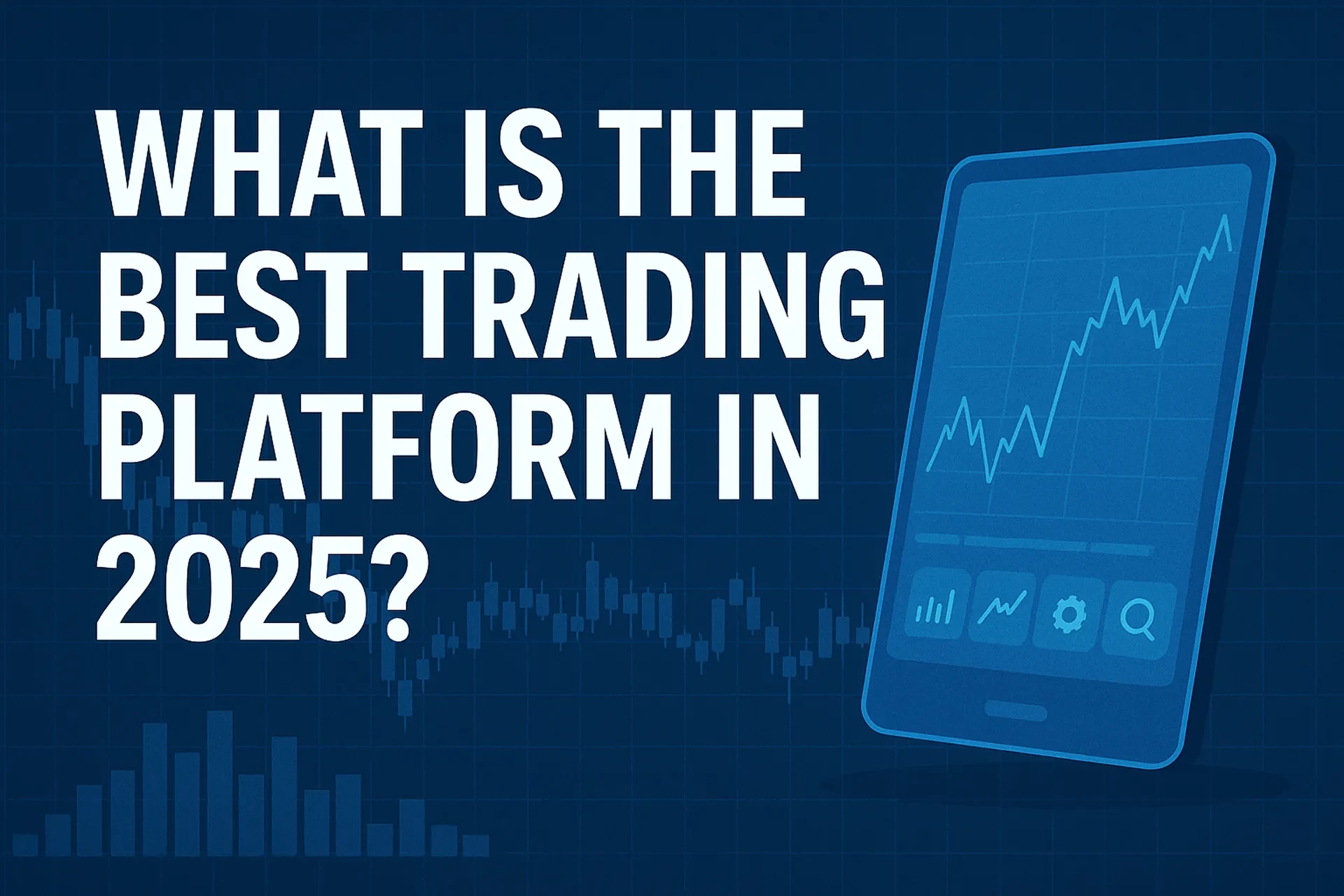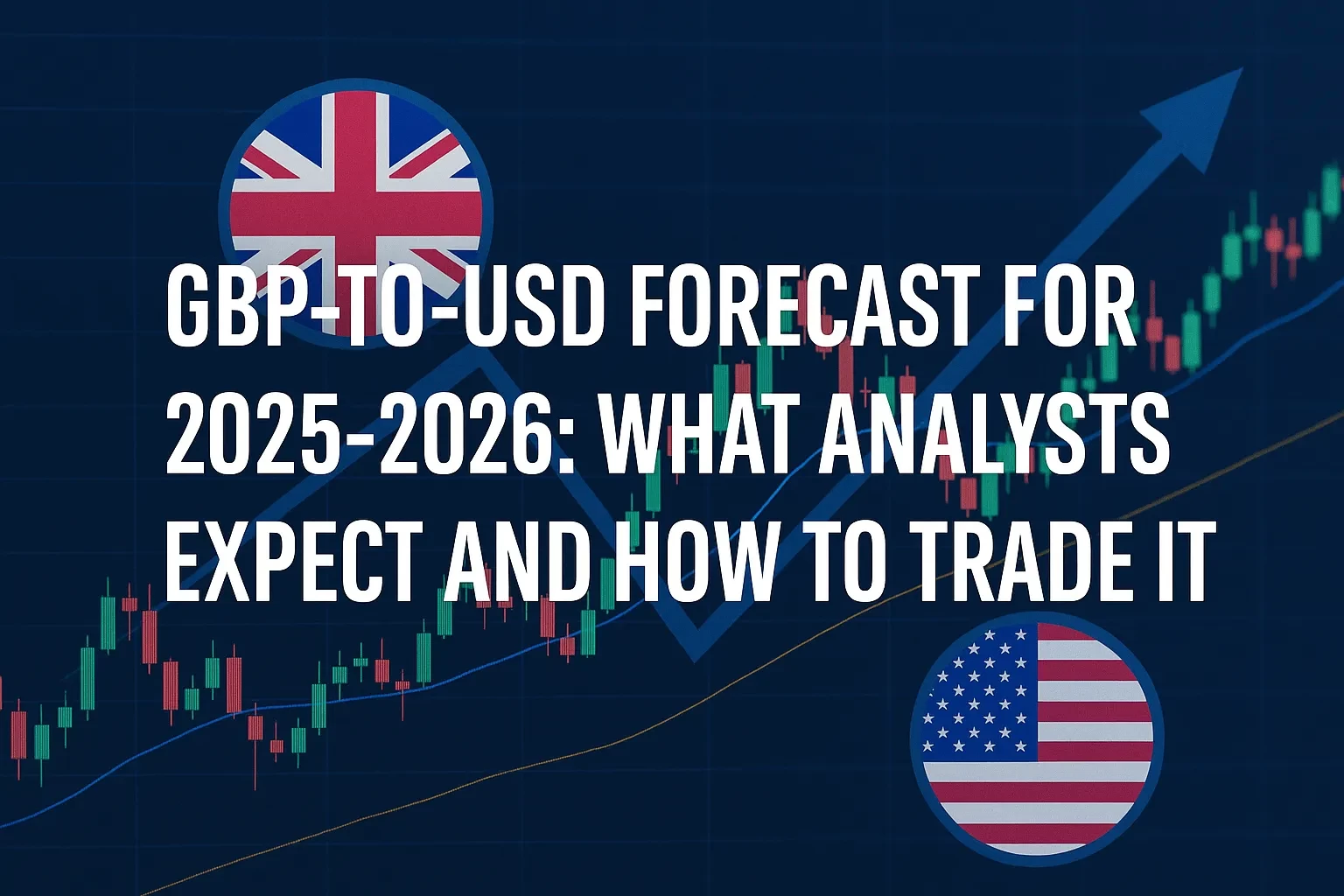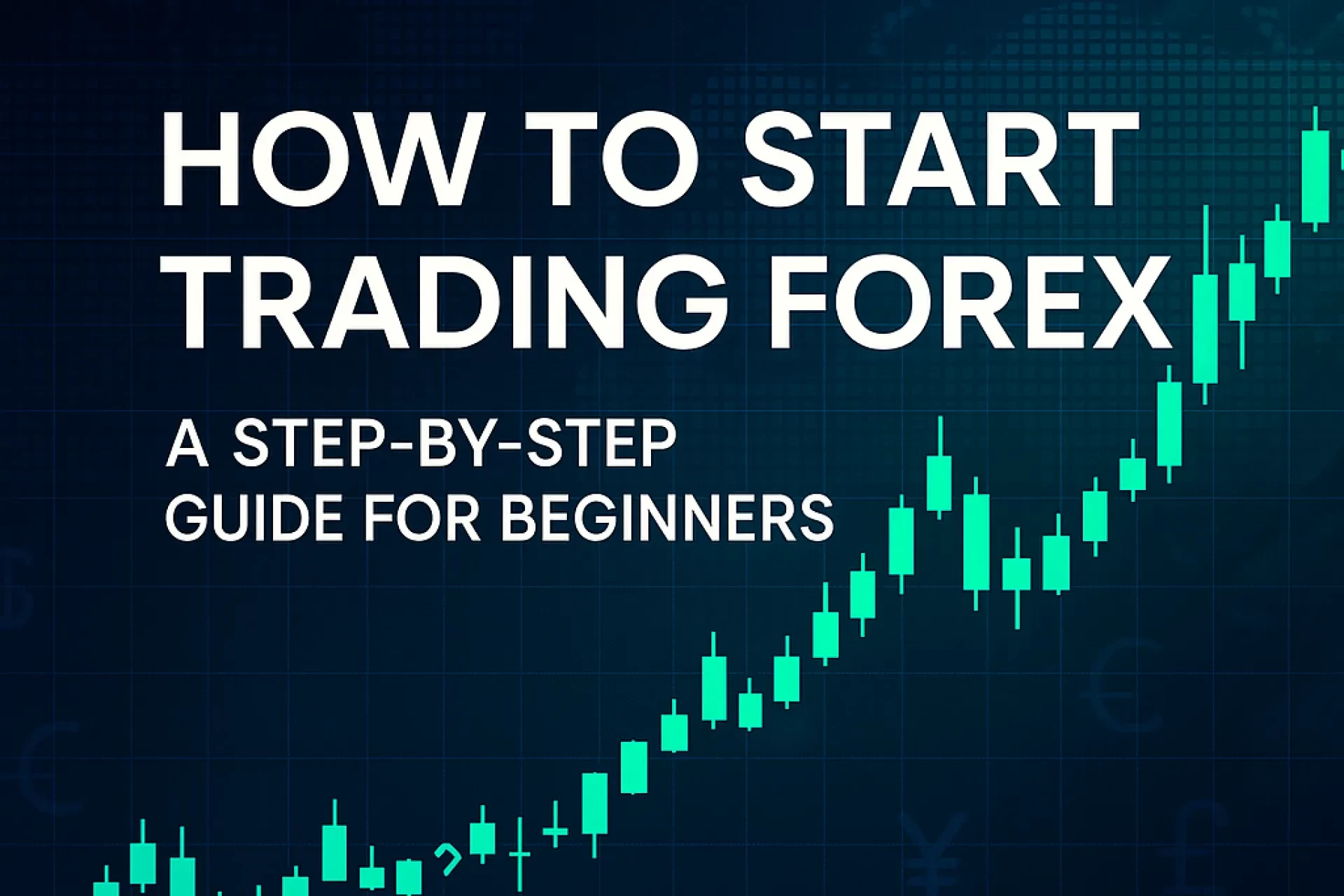Table of Contents
Getting rich from stocks is the modern American dream. Zero-commission apps, 24-hour news, and TikTok “alpha” make it look as if a few smart clicks could catapult you into the 1 percent. The hard data, however, tell a more nuanced story. While disciplined stock trading can create multimillion-dollar wealth, the probability, timeline, and risk profile vary wildly across strategies. This guide dissects the numbers, regulations, and behavioral traps so you can pursue riches with eyes wide open.
What “Rich” Really Means in 2025
• Median U.S. net worth: ≈ $193 000 (Fed Z.1, Q1 2025) ([kiplinger.com][1])
• Top-1 % entry: ≈ $11 million household net worth (SCF estimate, 2024)
• “Comfortable retirement”: Survey target ≈ $1.26 million in 2025
Hitting—or surpassing—these marks via stock trading demands a strategy that consistently outperforms buy-and-hold indexing after taxes, fees, and stress.
How Stock Trading Generates (and Destroys) Wealth
Trading vs. Investing
| Term | Time Horizon | Goal |
|---|---|---|
| Investing | Years–decades | Compound capital via dividends & price appreciation |
| Trading | Seconds–months | Harvest short-term price moves |
Long-term investors lean on diversification and the market’s century-long upward drift. Active traders bet they can time entries and exits better than the crowd.
The Math of Compounding vs. Active Edge
• S&P 500 ETF: 25 % return in 2024; ≈ 10 % CAGR since 1957.
• Average equity investor lag: –6.1 ppt/yr over 20 yrs (Dalbar 2024).
• Consistent day-trader profitability: 3 %–20 % of participants.
Step-by-Step Framework to Pursue Trading-Driven Wealth
• Choose your vehicle: long-term ETFs, swing, day-trade, options.
• Quantify edge: required CAGR to hit target wealth.
• Risk plan: ≤ 1 % equity per trade; daily loss cap.
• Track costs: SEC/FINRA fees, spreads, slippage.
• Iterate: kill systems that underperform 3 straight months.
Pros, Cons & Risk Management
| Factor | Advantages | Drawbacks | Risk Controls |
|---|---|---|---|
| High return potential | Retail up 40.7 % in 2024 meme rally | Few days drove all index gains | Stay invested on news days |
| Leverage access | 4 : 1 intraday margin | Margin calls can wipe equity | 30 % cash buffer |
| Flexibility | Multiple styles & timeframes | Over-trading temptation | Pre-defined playbook |
| Tax efficiency | 60/40 on futures | 37 % on short-term equity gains | Use retirement wrappers |
Table 1 – Wealth-Building Scenarios (to 2040)
| Approach | Start Capital | CAGR* | Value @15 yrs | Success Prob. |
|---|---|---|---|---|
| Buy-and-hold ETF | $25 000 | 9 % | ≈ $88 000 | High |
| DCA $500 / mo | $0 | 9 % | ≈ $232 000 | High |
| Swing trading | $25 000 | 15 % | ≈ $197 000 | Moderate |
| Day trading | $25 000 | 5 % | ≈ $52 000 | Low |
*Compounded annually; taxes & extra deposits ignored.
Real-World Case Study – Index Investor vs. Meme-Stock Trader
Taylor (the Compounder):
• Invests $1 000/mo in an S&P 500 ETF.
• 2023-24 bull run ➜ portfolio **$38 600** (+23 %).
• Holds through 2025 pullback.
Alex (the Chaser):
• Began 2024 with $25 000 trading AI IPOs & memes.
• Peak $62 000 → trough $12 000 → current $27 500.
Taylor’s boring compounding beats Alex on a risk-adjusted basis despite Alex momentarily doubling capital.
Common Mistakes & Expert Tips
| Mistake | Why It Hurts | Expert Fix |
|---|---|---|
| Confusing luck with skill | Early wins breed overconfidence | Track expectancy over 100+ trades |
| Ignoring taxes | Short-term gains hit 10-37 % tax | Use retirement accounts for turnover |
| Over-leveraging | Small gap wipes equity | Risk ≤ 1 %/trade; hard stops |
| Chasing social-media hype | GME saga is an outlier | Limit meme exposure < 5 % |
| Selling winners / holding losers | Documented behavioral bias | Trailing stops; quarterly rebalance |
FAQs
Action-Oriented Conclusion: Stock trading can make you rich—but disciplined, long-term compounding beats short-term speculation for most people. Quantify your edge, journal every trade, cap risk, and benchmark against the S&P 500. If you lag for a year, pivot or go passive. Master those rules and you shift probability toward wealth creation instead of transfer to faster hands.

